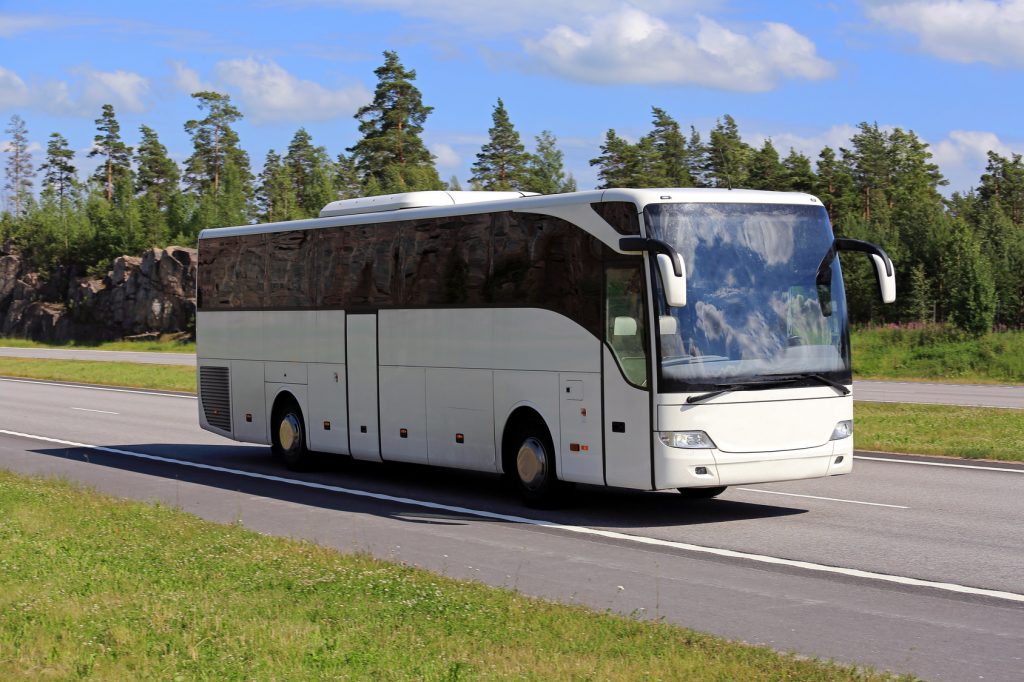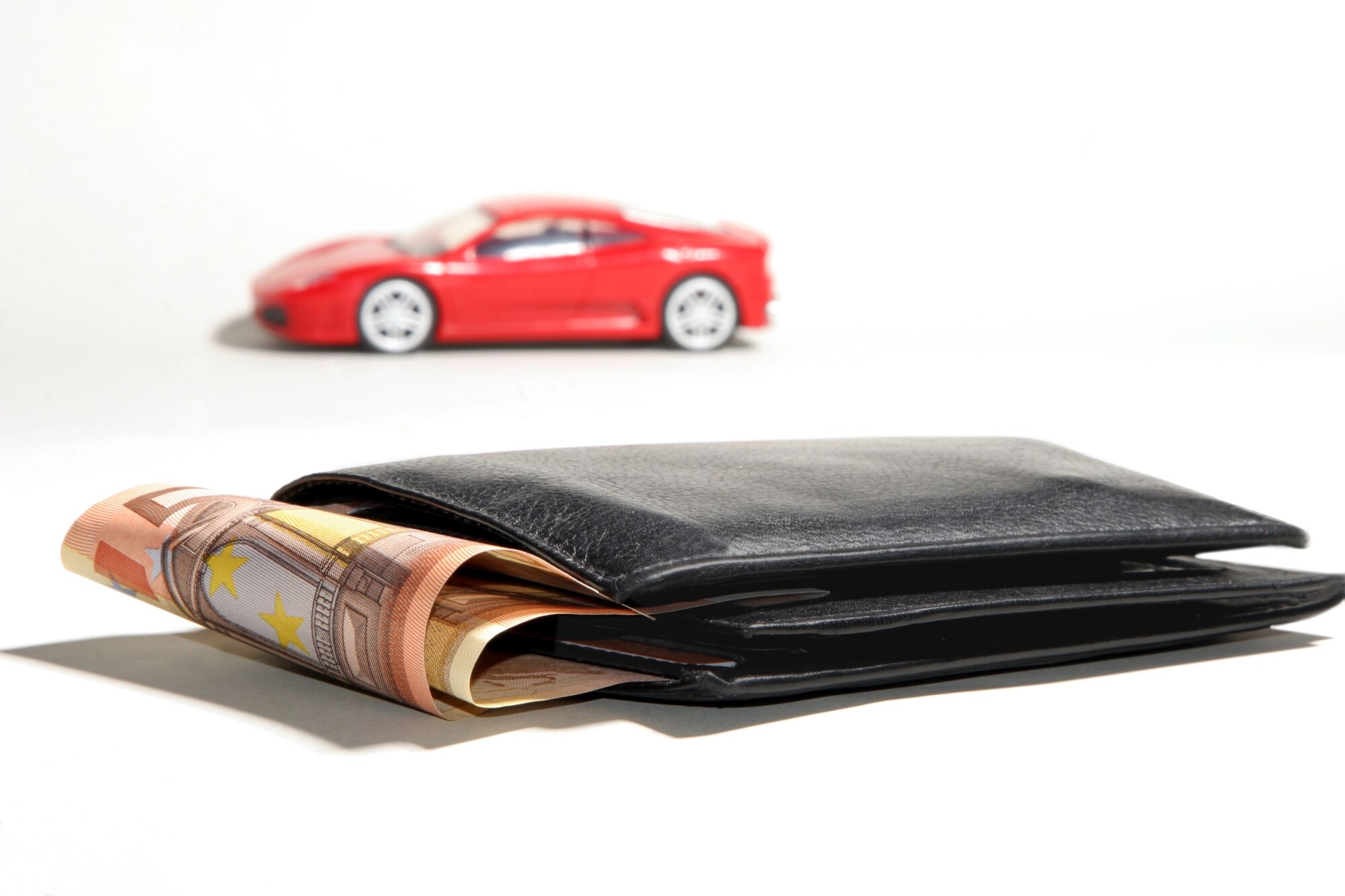 From shortening our commutes to letting us sleep in a little bit every morning, buses make our lives so much easier.
From shortening our commutes to letting us sleep in a little bit every morning, buses make our lives so much easier.
Especially when you consider just how far buses and public transportation have evolved through the years, it’s amazing to think of how far we’ve come!
In this post, you’ll learn all about the history of buses.
The First Public Buses
Of course, public buses weren’t always so efficient — or easy to run!
Even as the invention of the steam engine around 1820 made traveling by ferry and smaller vehicles more possible, buses were still pulled by horses. Known as “horse-drawn omnibus,” the car looked similar to a trolley and usually had two levels of seating.
Unlike today, the bus driver sat outside, driving the bus as if it was a larger horse-drawn carriage. These buses could seat over 40 passengers, and were powered by 3 horses.
However, traveling by bus wasn’t always easy or pleasant.
The horses would become tired, cranky, and worst of all, smelly. There were also frequent traffic jams caused by unruly horses. Passenger safety wasn’t exactly guaranteed, and an outbreak of horse flu caused transportation to grind to a halt.
It was time for a change.
The Next Steps
In the late 1800s, the cable car was introduced as a public transportation option. Though beloved for their design and efficiency, cable cars still weren’t quite as safe as officials had hoped. When cables snapped, there were often multiple fatalities.
As a result, the streetcar/trolley came into being. Essentially, streetcars run along rails set in the street, following a set route and picking up passengers at each stop.
This revolutionized the workplace, as its design meant that people that lived in more remote areas could quickly travel to the center of a city.
These systems also helped to develop the design of many popular cities, and revolutionized the industries that fed their economies. Streetcars had an astounding impact on the development of many major cities.
Streetcars are still used in many cities today.
Thanks to the success of the streetcar, more and more people became used to the commuting lifestyle.
So, the demand for more public bus systems grew. In the final decade of the 1800s, the world’s first motorized buses appeared on the streets. Now, they’ve continued to evolve to hold even more passengers.
Today’s Buses
Of course, many of us can’t imagine what our lives would be like without public transportation — especially people that live in bigger cities.
In New York City alone, over 2.5 million people use one of the city’s 16,350 bus stops every work day! Buses in Chicago make close to 19,000 trips in a single day.
Keeping city buses and other forms of public transportation clean can sometimes be a challenge.
Bus wash companies and strategies have also evolved over the years to match the growing demand for public transportation and to keep passengers healthy.
Who knows what buses will look like in a hundred years? One thing is for certain — we’ll still need them to help us get to where we need to go.




